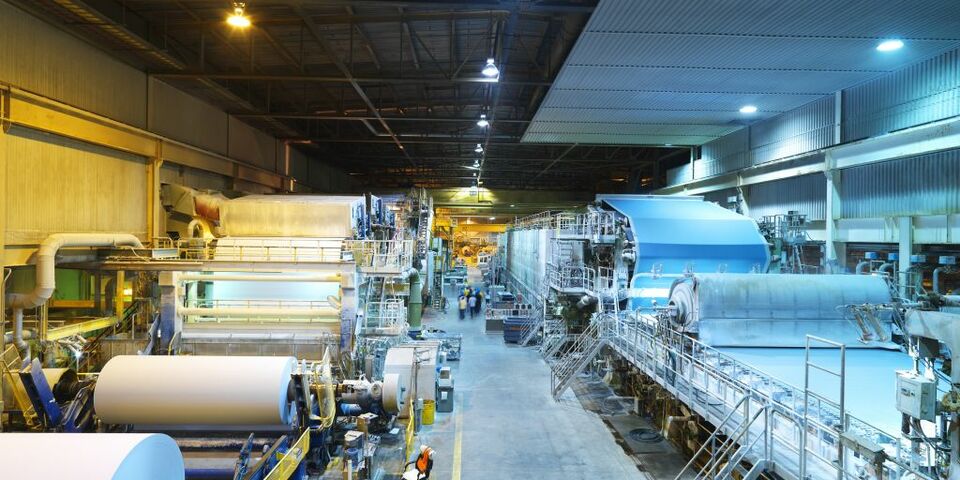New production method for paper proves breakthrough
The production of paper will become much cheaper and significantly more eco-friendly. These high expectations were expressed by major paper-industry companies, after having seen an invention from prof.dr.ir. Maaike Kroon, professor of Separations Technology at vthe Department of Chemical Engineering & Chemistry. Newspaper FD published a spread on the discovery last week.
Kroon discovered how wood can be ‘dissected’ more energy-efficiently and eco-friendlier in the future, to extract cellulose, for example. Cellulose is the raw material for paper. Representatives from the paper industry have called her invention sensational.
She’s also found a fast and cheap way to extract pure lignin. The chemical industry is very interested in that raw material, because it can be used for the production of biodegradable plastics, among other things.
Kroon’s agents work at much lower temperatures than are used in the chemical process the paper industry is currently using: 60 to 80 degrees Celsius instead of 150 to 200. FD also says that the high pressure that’s used to get the separation of lignin and wood pulp started, won’t be necessary anymore after implementation of the new find.
Kroon is said to have stumbled upon her breakthrough invention two years ago, when she was searching for clean and affordable separation techniques for the industry, and found ‘deep eutectic solvents’. She saw possibilities to use the new solvents for the separation of biomass. Soon after she had proven her new solvent worked, she was contacted by the paper industry.
Kroon says her invention has a lot of potential. “Further research is necessary, but we do see lots of possibilities. I expect the paper industry to benefit from it in about ten years’ time.”
The idea is that TU/e and fourteen European companies will set up a consortium, and build a test facility to extract cellulose according to Kroon’s method. Kroon will also be meeting with several chemical companies to discuss the production possibilities of pure lignin.


Discussion